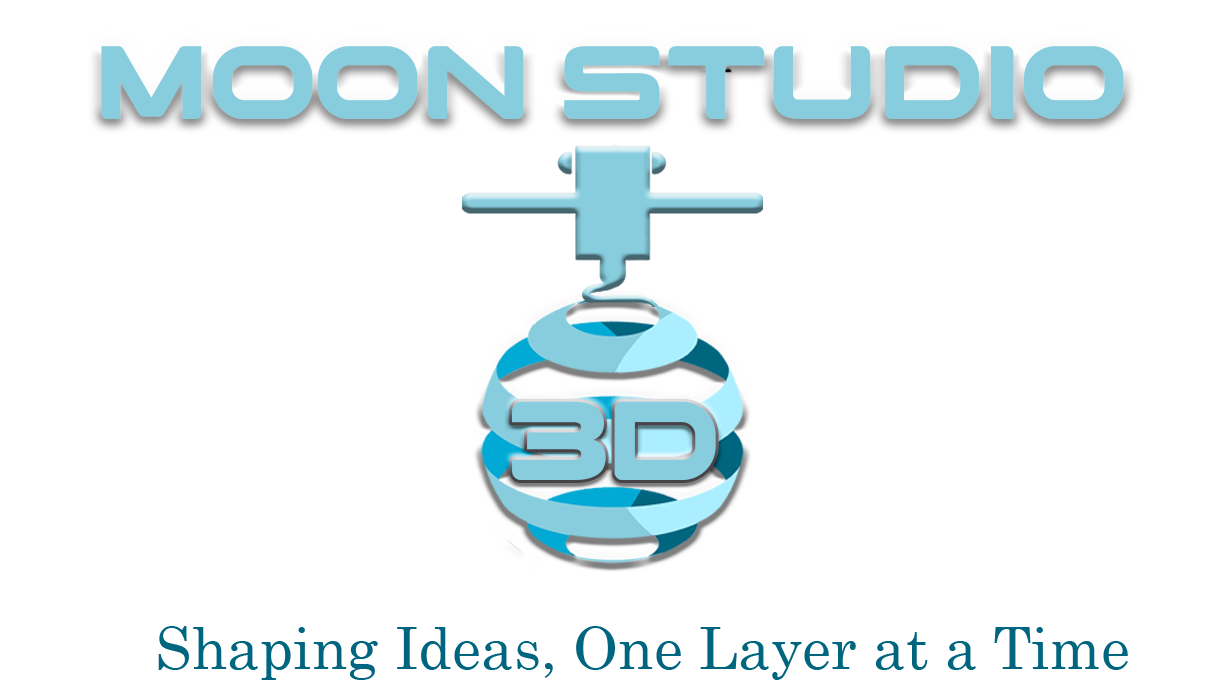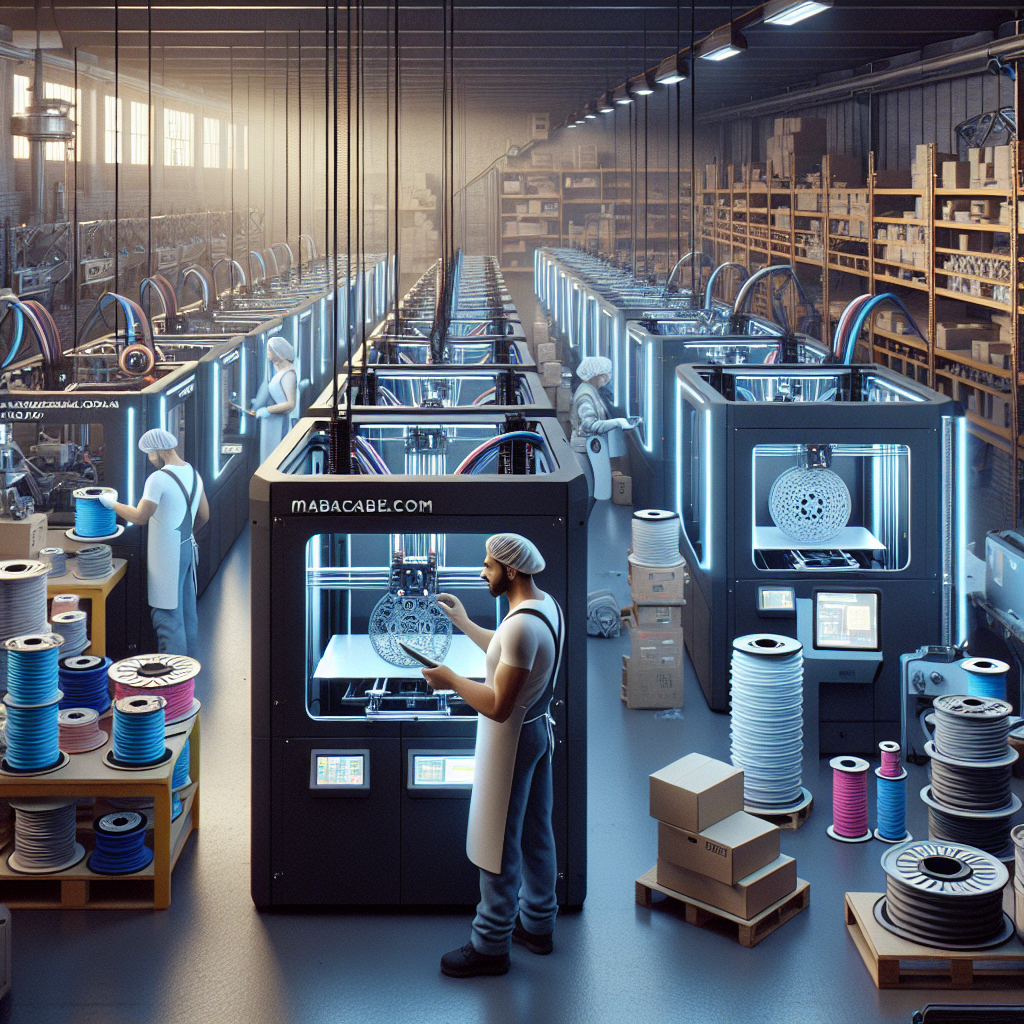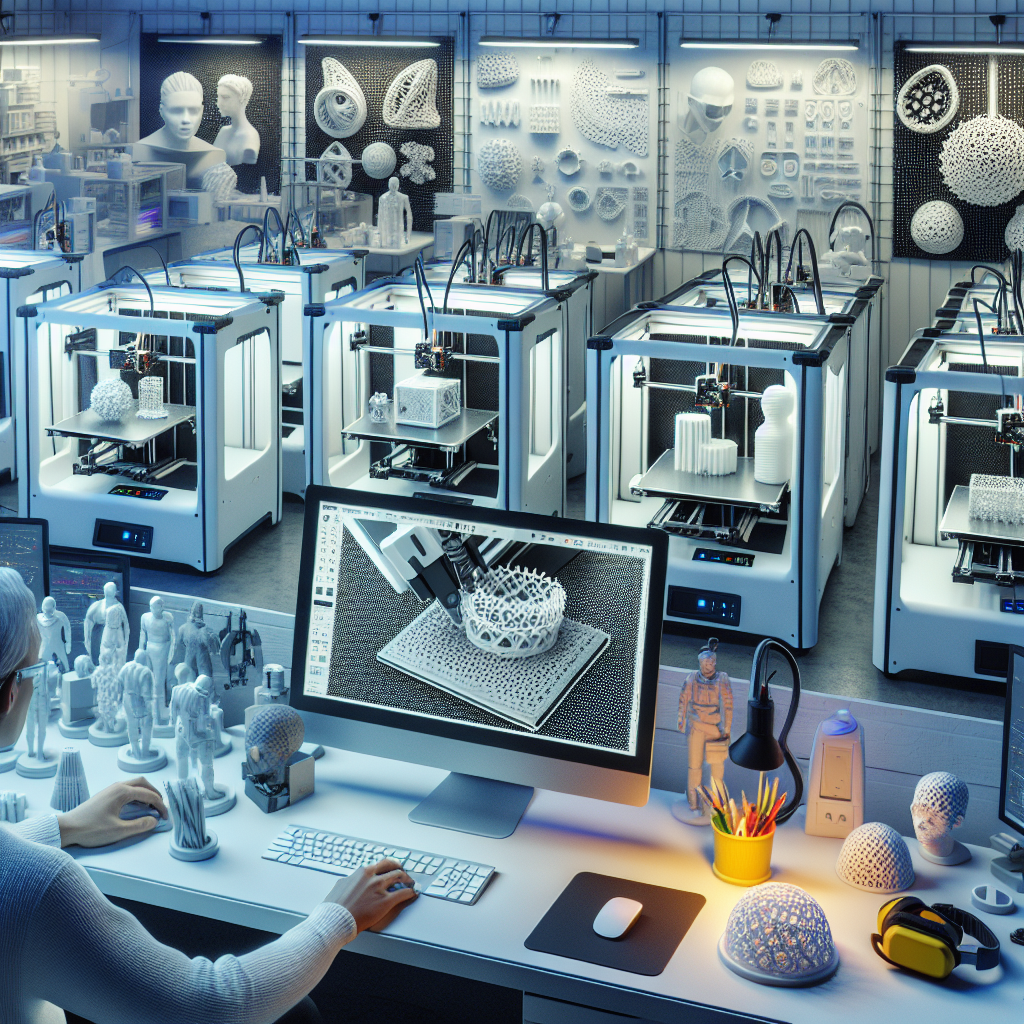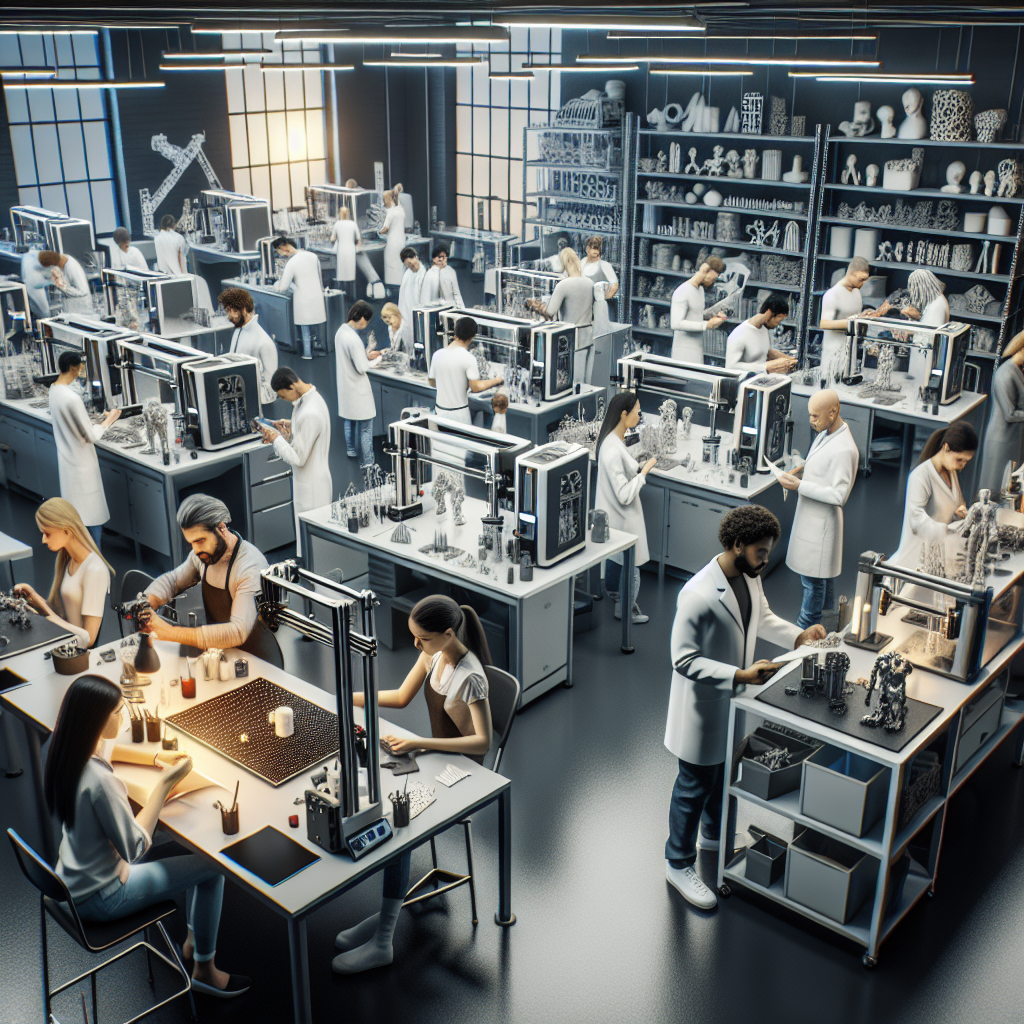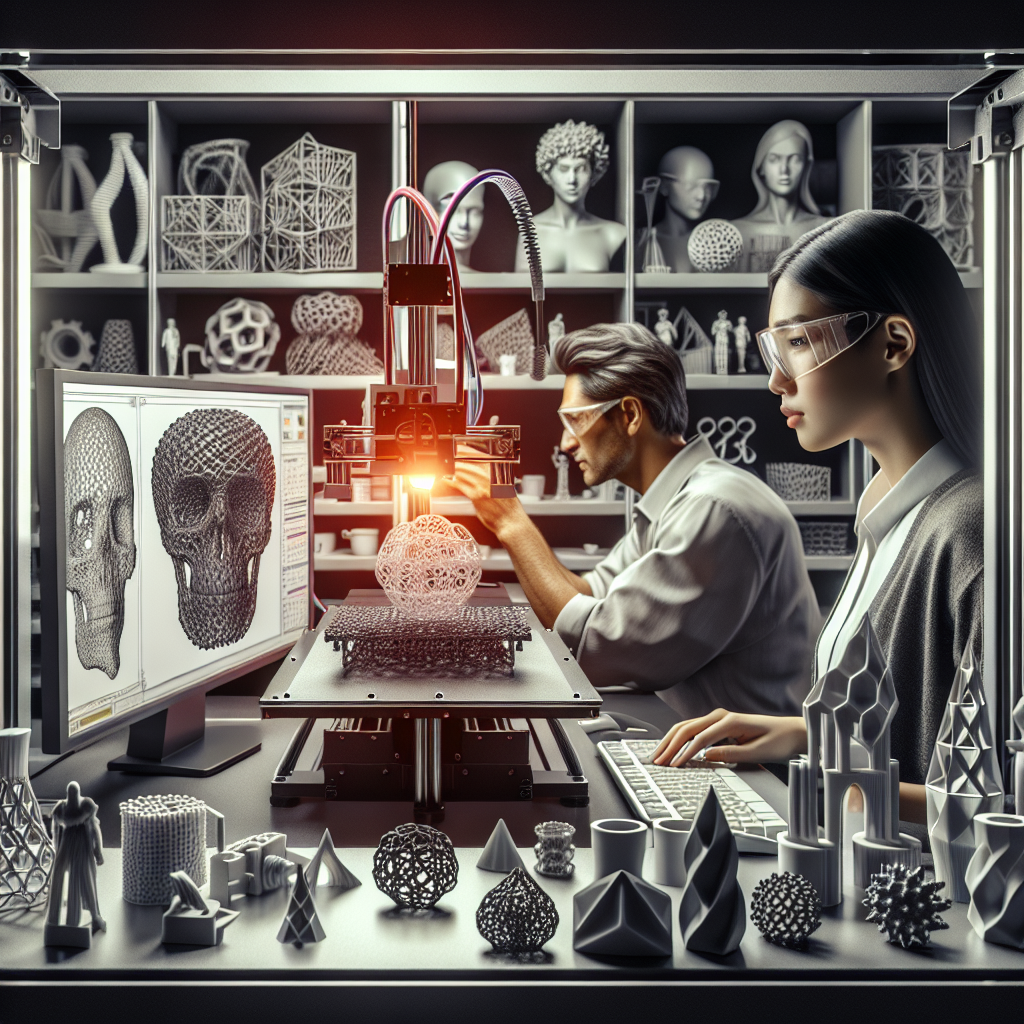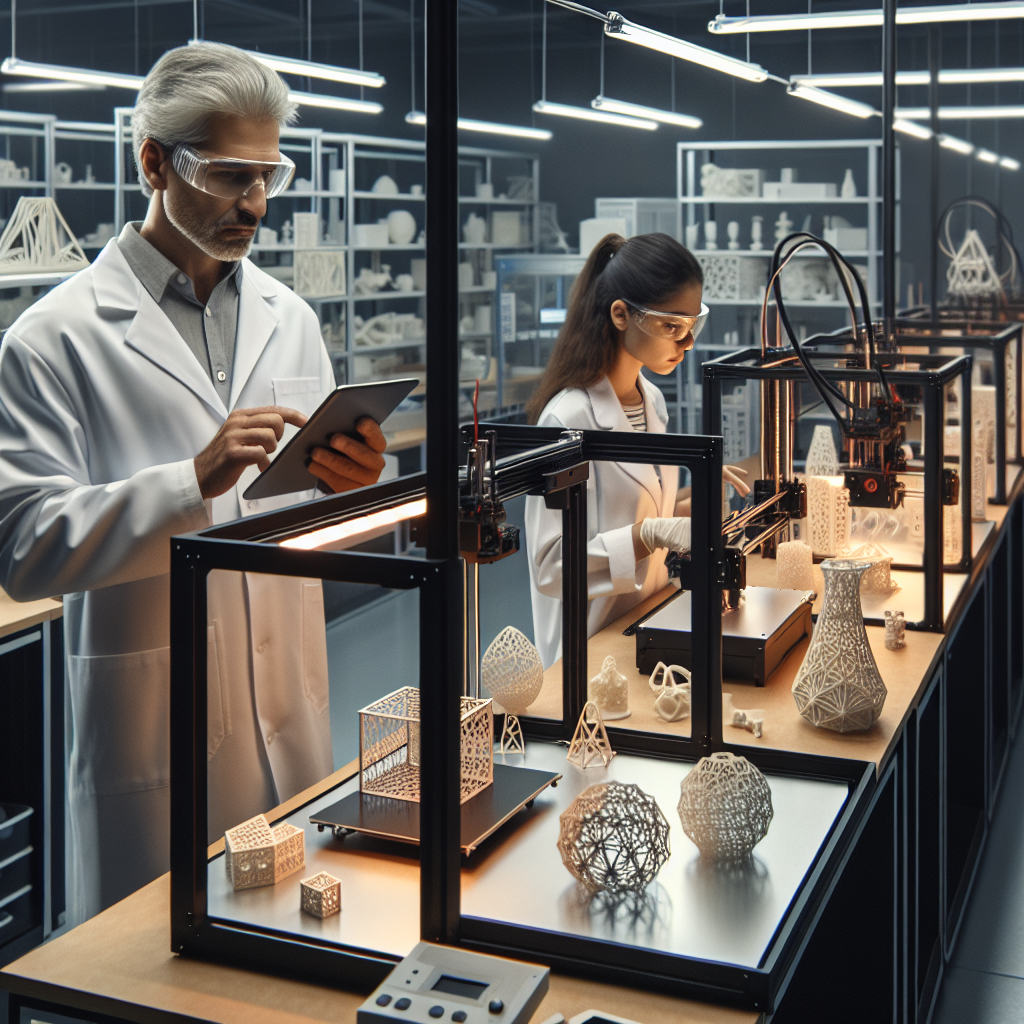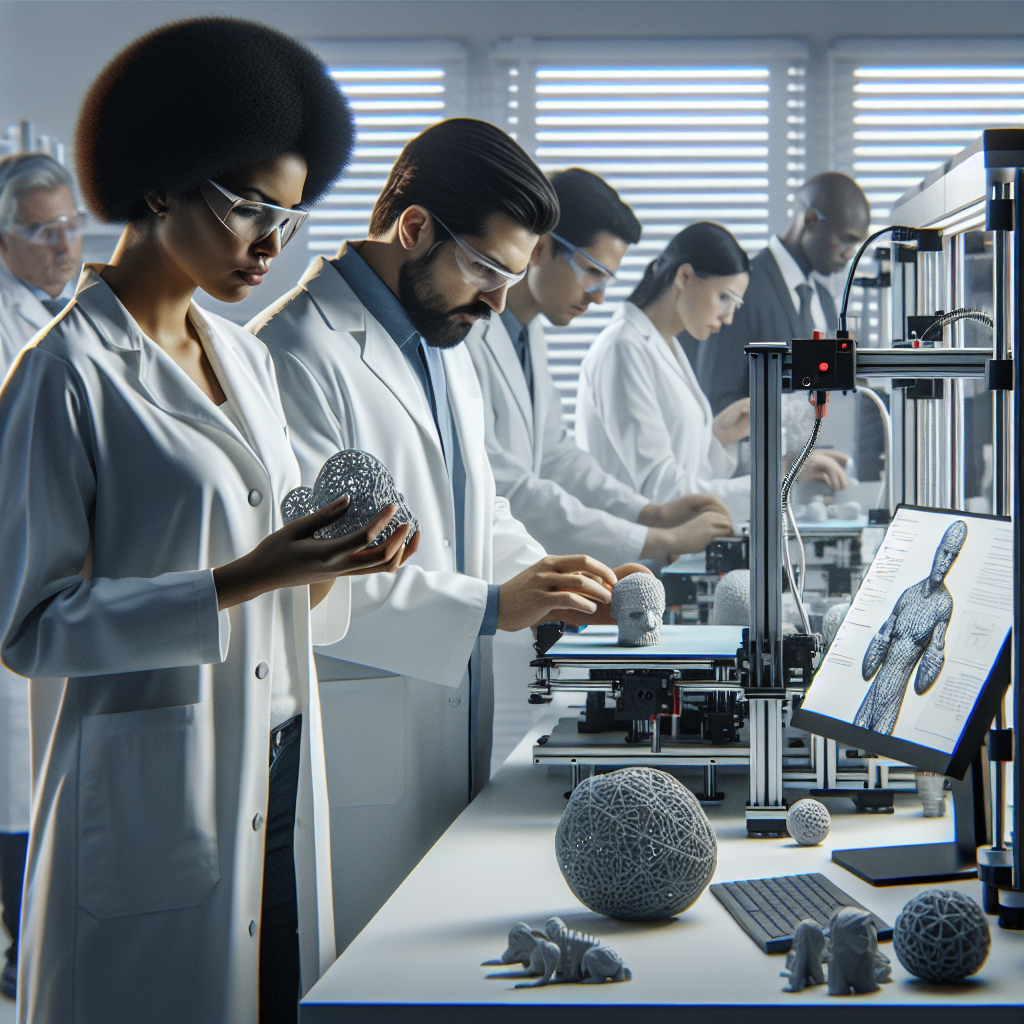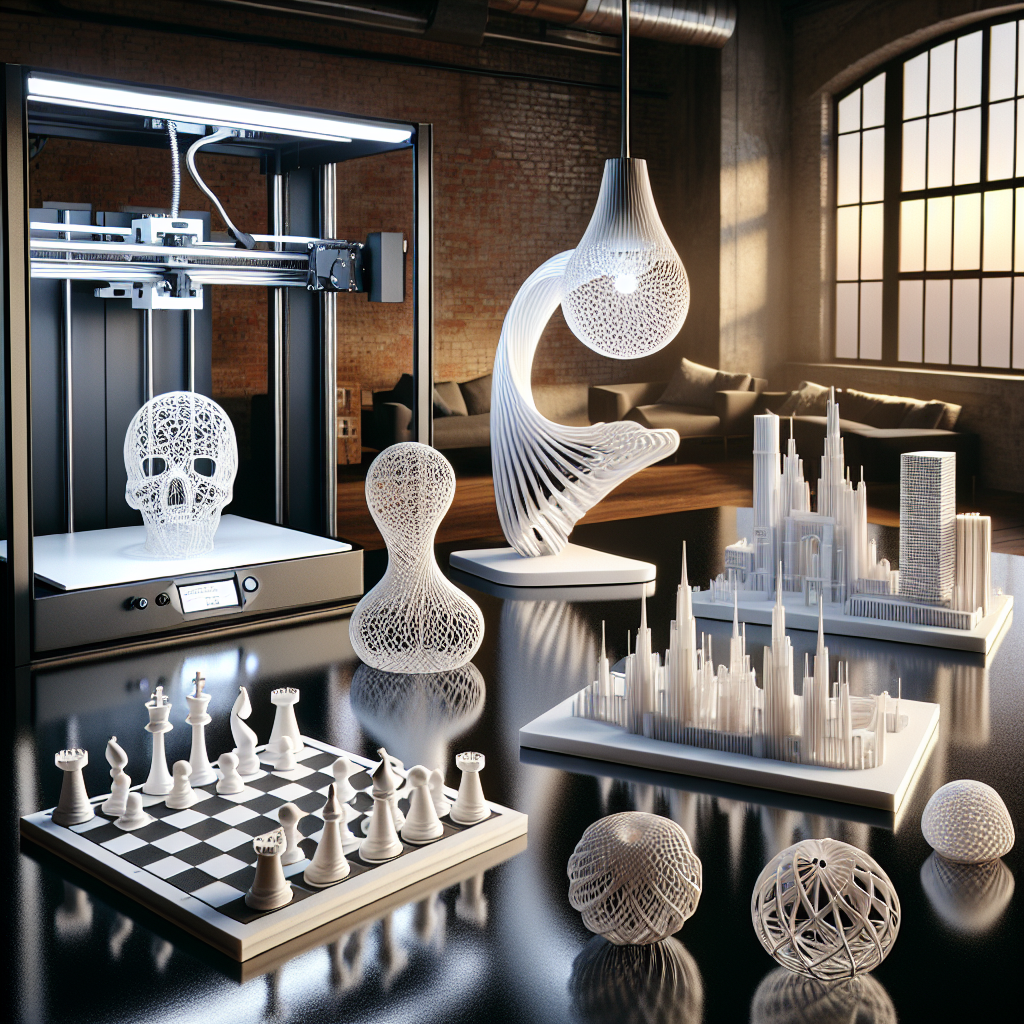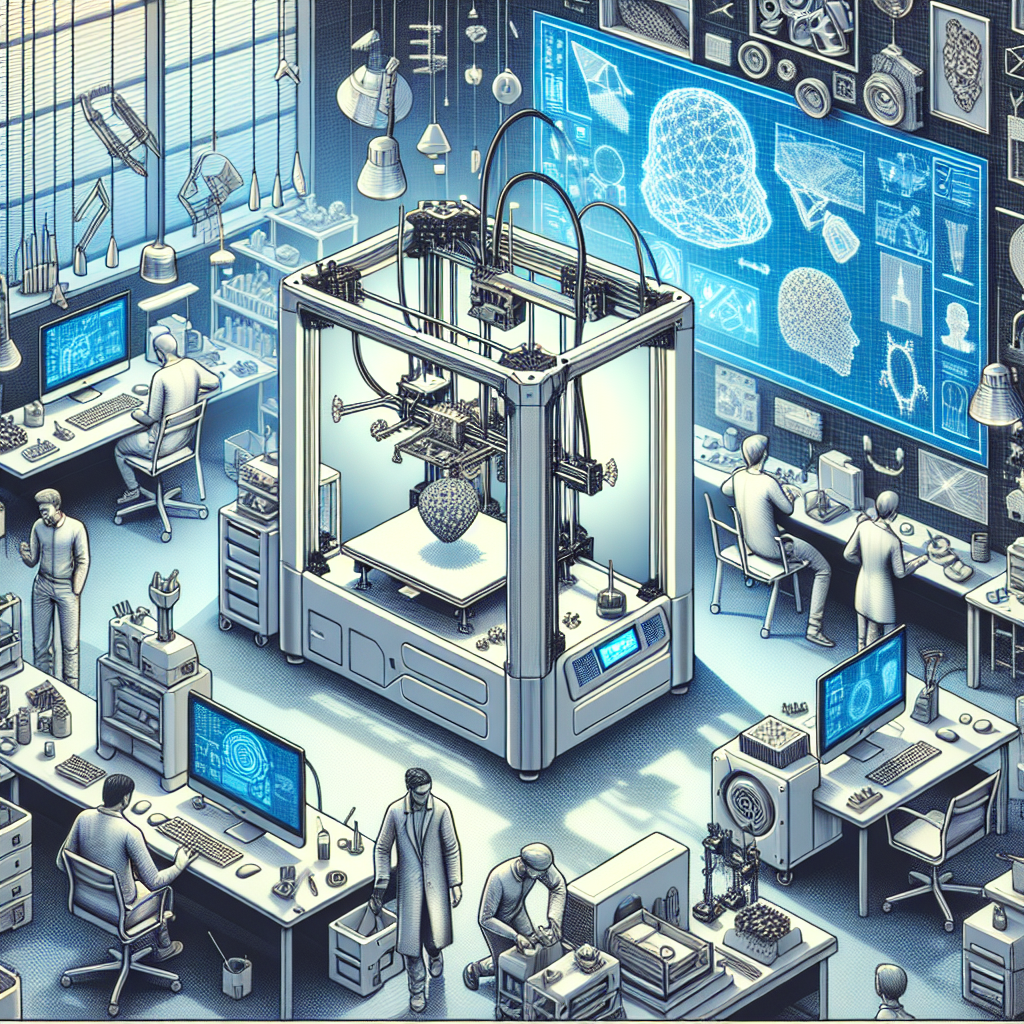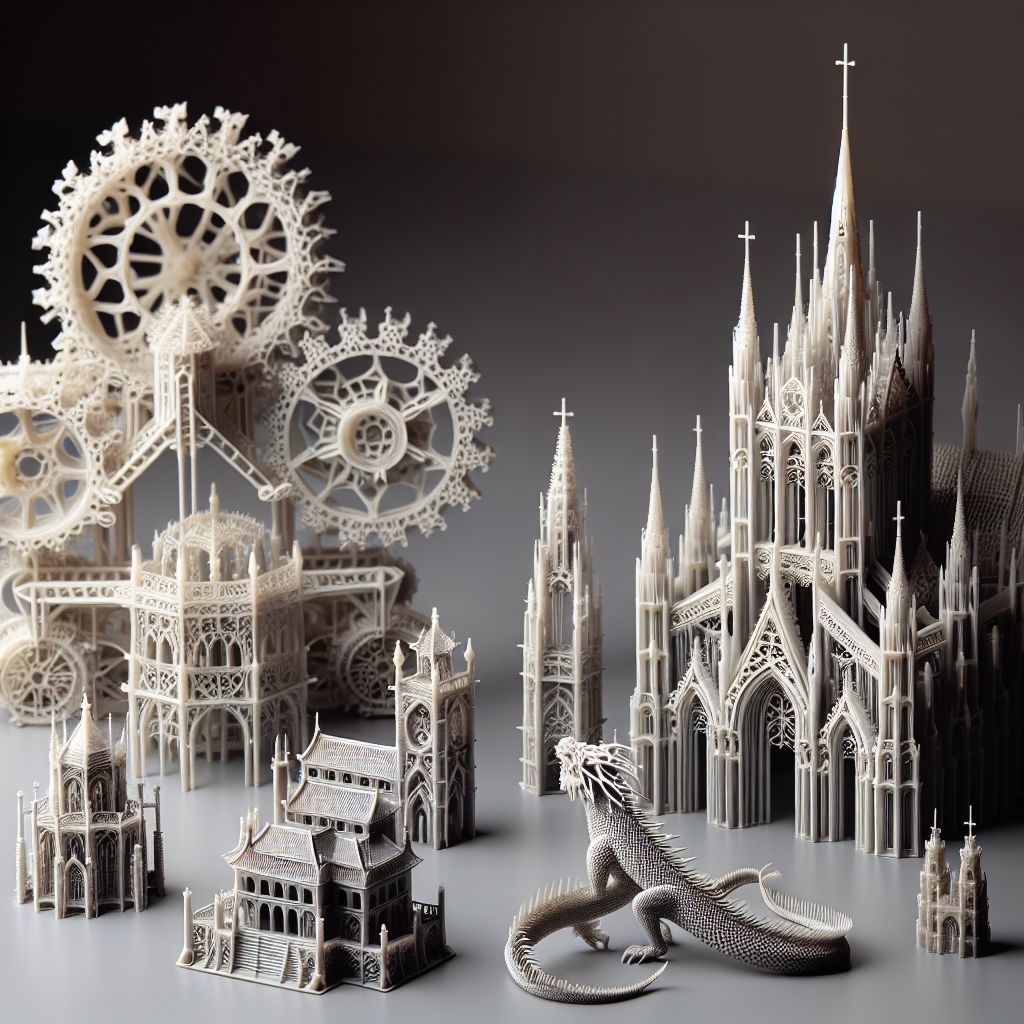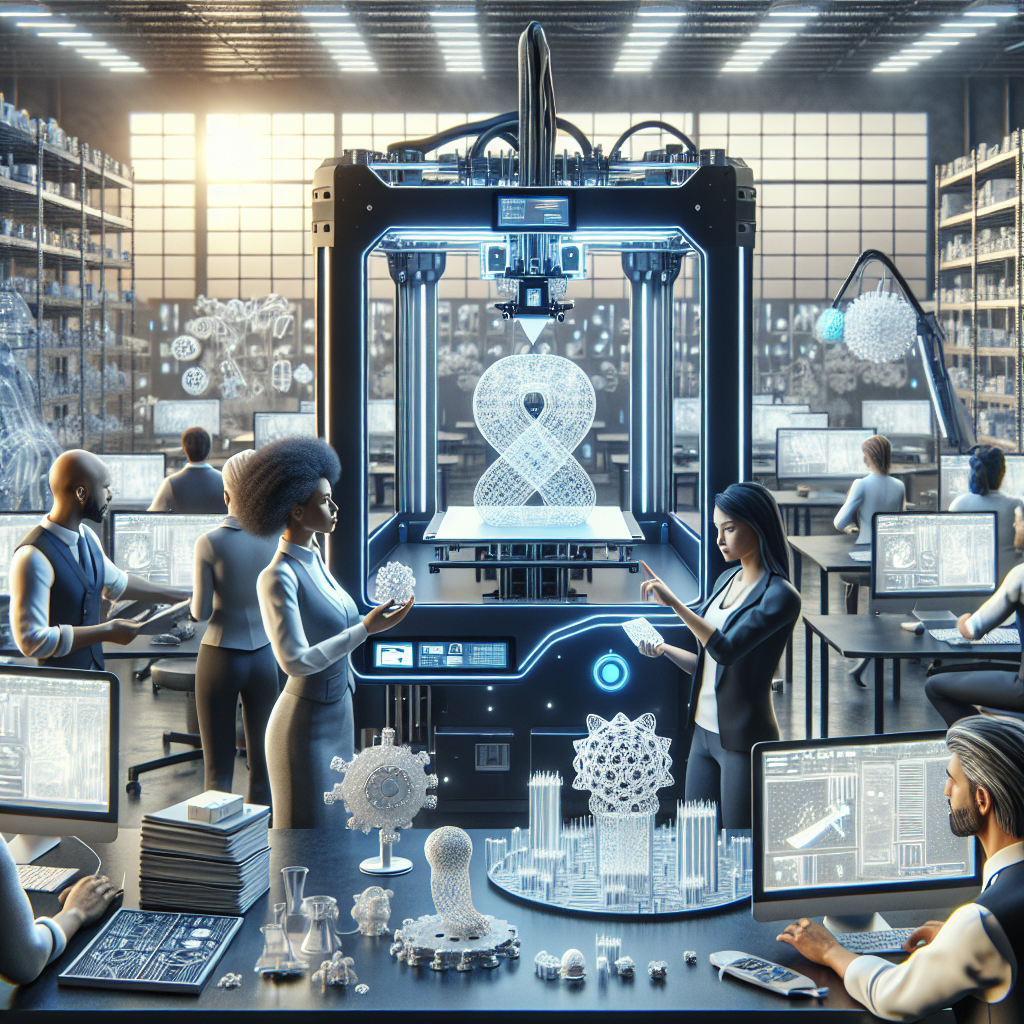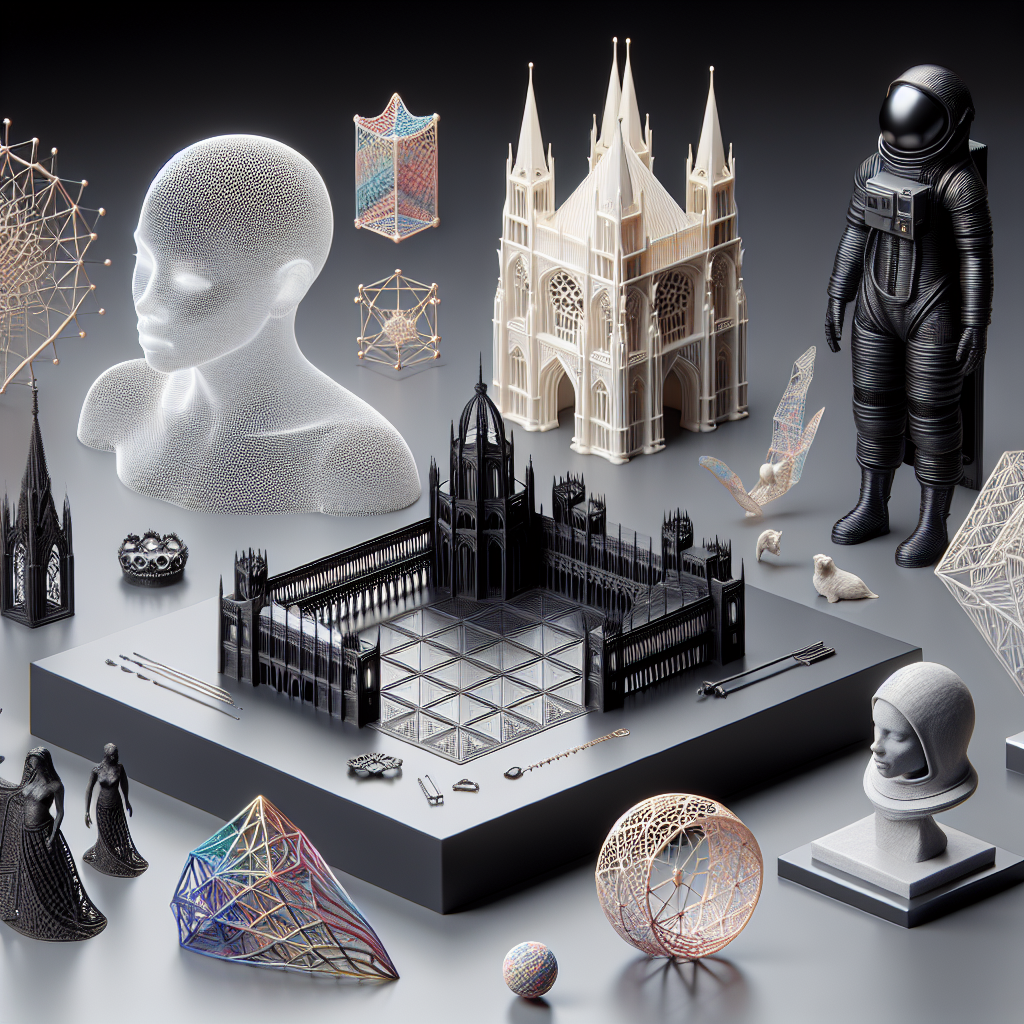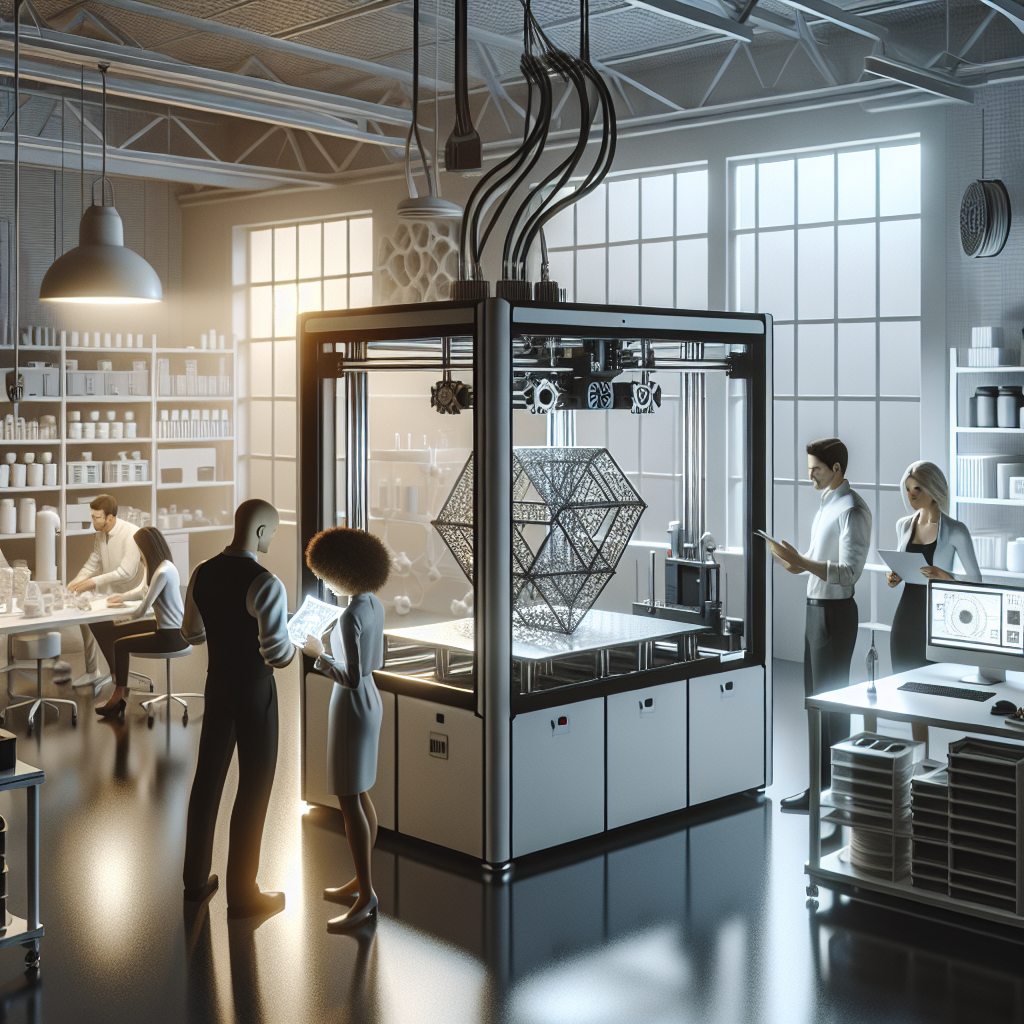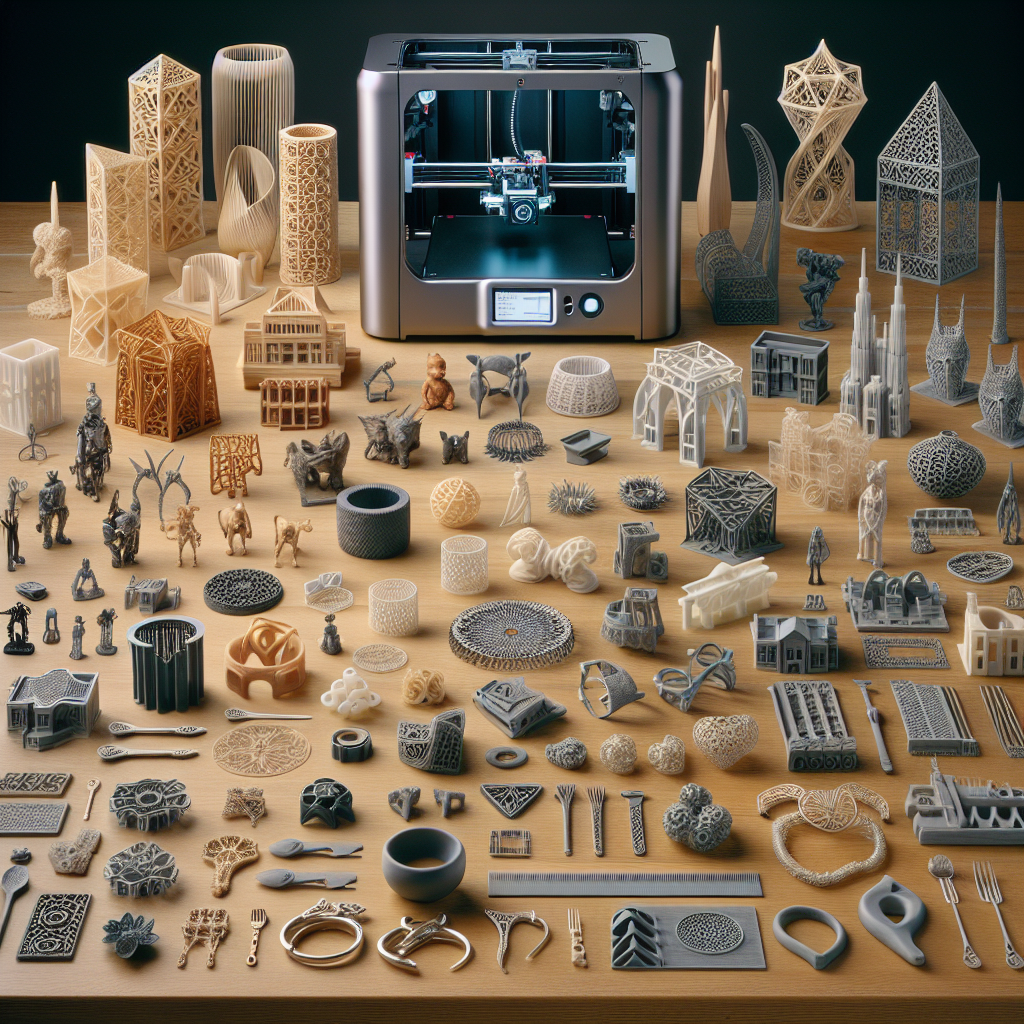The manufacturing landscape has constantly evolved over the years, shaped by technological advancements that have introduced new efficiencies and capabilities. One of the most groundbreaking of these advancements is industrial 3D printing, also known as additive manufacturing. This innovative technology has begun to revolutionize the manufacturing sector, offering significant opportunities for cost reduction and time savings.
The Evolution of 3D Printing in Manufacturing
Initially, 3D printing was primarily used for prototyping. Designers and engineers recognized its potential to create iterative models quickly and affordably, a function that transformed the traditional prototyping phase by allowing for more experimentation and refinement. Explore more about prototyping here.
However, as technology has advanced, so too has its application within the manufacturing process. Industrial 3D printing now facilitates the production of end-use products, using durable materials that can withstand everyday wear and tear. Learn about industrial applications and materials.
Cost-Effective Manufacturing
One of the most significant impacts of industrial 3D printing is its effect on manufacturing costs. Traditional manufacturing processes often involve high upfront costs related to tooling, molds, and material wastage. In contrast, additive manufacturing allows for the creation of complex geometries without the need for specific tools or molds, drastically reducing initial investment.
Moreover, 3D printing is a subtractive-free process. This means material is only used where necessary, minimizing waste. The layer-by-layer application in 3D printing reduces material costs significantly, which is particularly advantageous when using premium materials.
In industries such as aerospace and automotive, where high-performance materials are required, cost savings are substantial. By adopting industrial 3D printing, these sectors can significantly reduce material expenses while still producing high-quality products. Discover how aerospace industries benefit from 3D printing.
Reducing Production Time
Time is another critical factor influenced by industrial 3D printing. In conventional manufacturing, the time from design to production can be prolonged due to several stages such as tooling, setup, and production of initial samples.
3D printing streamlines this process considerably. The need for tooling is eliminated, enabling a swifter transition from design to the production floor. Also, adjustments to the product can be made quickly and directly to the digital model, preventing the delays associated with retooling.
This rapid prototyping capability is particularly beneficial for small-scale production or custom orders, where traditional methods may not be economically viable due to the setup time. For instance, in medical manufacturing, bespoke prosthetics and implants can be created more quickly, ensuring that patients receive necessary medical devices in a timely manner. Find out more about medical 3D printing applications.
Enhancing Product Innovation
Industrial 3D printing is not just about cutting costs and saving time; it’s also a catalyst for innovation. The freedom to design products without the constraints of traditional manufacturing processes enables the exploration of new product ideas and design possibilities. Complex structures that were once unthinkable to produce economically are now feasible.
This capability is particularly advantageous for industries that require lightweight yet strong components, such as in aerospace and automotive sectors. Reduction in weight leads directly to better fuel efficiency and performance. See how lightweight components are revolutionizing automotive design.
Moreover, the technology allows for on-demand production, reducing the necessity for large inventories and enabling companies to respond swiftly to market demands. When combined with digital modeling and simulation, companies can experiment with new ideas quickly and efficiently. See innovations in 3D product development.
Addressing Supply Chain Challenges
Industrial 3D printing also mitigates some of the traditional supply chain challenges. By enabling localized production, companies can produce goods closer to the point of consumption, reducing logistics costs, and environmental impact. Furthermore, the flexibility of 3D printing allows manufacturers to maintain lower inventory levels and reduce the risk of overproduction. Understand more about supply chain transformations.
Conclusions
Industrial 3D printing stands as a transformative force in manufacturing, offering a myriad of benefits that extend beyond mere cost and time savings. By enabling more efficient use of resources and reducing the timeline from concept to product, 3D printing empowers manufacturers with the agility needed to navigate today’s dynamic market conditions.
Beyond efficiency gains, 3D printing encourages innovation and supports sustainable manufacturing practices. By allowing for complex designs and localized production, it enables industries to challenge traditional paradigms and embrace a more adaptable future.
Overall, industrial 3D printing services offer an invaluable asset for companies looking to maintain competitiveness, innovate, and respond adeptly to emerging challenges and opportunities.
For those looking to explore the expansive possibilities of industrial 3D printing, understanding its application across various sectors is crucial. Whether you are in aerospace, automotive, medical, or any other industry, aligning with experienced 3D printing partners like Moon Studio 3D will empower you to harness its full potential effectively.
For more information, visit Moon Studio 3D, where you can discover how this technology can be tailored to your specific industry needs.
